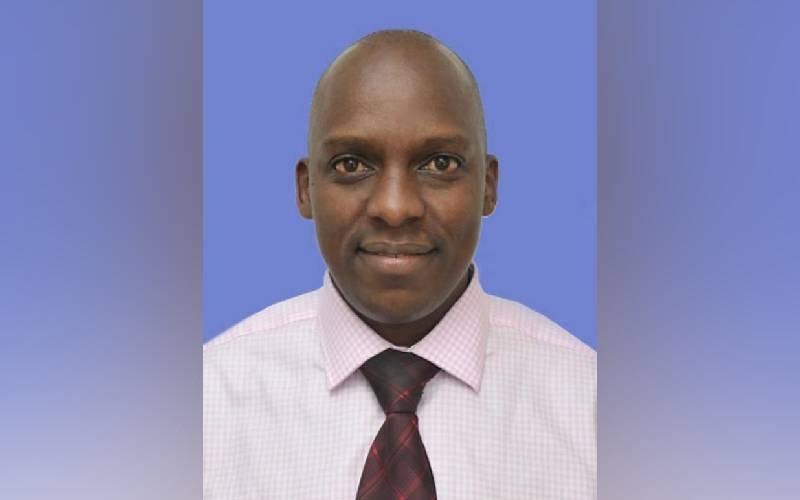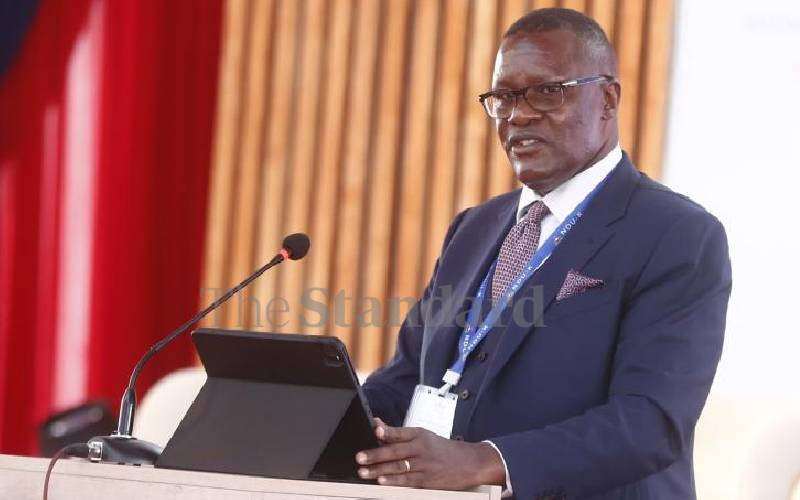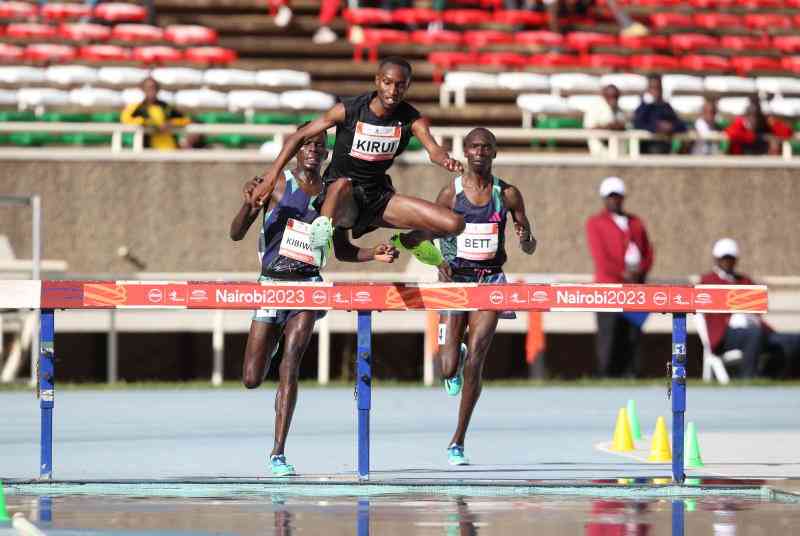NAIROBI: As Kenya grapples with fairness and integrity questions in the transition from analogue transmission, South Africa has finally resolved a similar standoff to embrace digital television broadcasting by the June 2015 deadline.
The ruling African National Congress (ANC) met last week and ended the stalemate among players in the industry to usher the country into the digital era.
The South African Government has taken measures to protect local investors and safeguard copyright, including approving encrypted set-top boxes to protect free-to-air broadcasters from having their content pirated and broadcast; and reserving manufacturing of gadgets for the local industry.
Also, the South African government has committed to subsidising set-top boxes for poor households.
These are protective measures that the Kenya government has failed to provide to local broadcasters and consumers.
And while the deadlock in South Africa had been occasioned by the choice of set-top boxes to use, in Kenya, it is held back by apparent discrimination in the awarding of broadcasting signal distribution licences and frequencies by the regulator, Communication Authority of Kenya (CA).
This has led to court battles between the three mainstream media houses — Standard Group (KTN), Nation Media Group (NTV) and Royal Media Services (Citizen) — against CA, as they endeavour to assert their constitutional right against discrimination. One of the contentious issues has been the protection of intellectual property rights for the broadcasters. Apparently, South Africa has adopted a system that will effectively address the same problem upon recognising the right to have broadcasting content protected from infringement or from being transmitted without consent of the producers.
In Kenya, the three media houses under the consortium of African Digital Network (ADN) argue that their content should not be aired by other distributors on the free-to-air platform without their consent. The media owners argue that according to a letter issued by CA on December 3, 2014, other distributors are required to seek consent from the content providers before broadcasting it.
So emotive has been the question of intellectual property protection that the three media houses have threatened to take up the matter with the International Intellectual Property Court in Paris.
POOR HOUSEHOLDS
“If we do not get redress in the country, we will go all the way to the International Intellectual Property Court in Paris to protect our rights,” says their lawyer Paul Muite.
The South African government resolved in December 2013 to deal with the issue by adopting encryption set top boxes for the whole country. It also resolved to subsidise the cost for the poor households.
Encrypted set top boxes provide for conditional access to the aired material. The encryption boxes would ensure that only the authorised persons can access the material through the use of secret passwords. They can be switched off by the signal providers or the broadcaster who wish to protect their content from piracy or infringement, hence giving more content security.
Indeed, digital migration in South Africa has been held back for a year by the disagreement between players on whether to accept the government’s position and adopt encrypted set-top boxes or adopt unencrypted ones.
MultiChoice, who dominate the Pay TV market in South Africa, have strongly been advocating and pushing for non-encryption. Other organisations, civil society groups and trade unions want encryption.
Stay informed. Subscribe to our newsletter
According to South Africa’s Business Day website, the encryption would enable the South African government to protect its subsidy by preventing the buying and selling of the boxes.
“It would also enable it to reserve set-top box manufacturing for the local industry as without encryption, it is anticipated that the market would be flooded with cheap imports,” the Business Day reports.
Broadcasters support the encrypted boxes because they offer protection for the content and intellectual property. The challenge for the Government is to ensure proper utilisation of the subsidy for the set top boxes and to promote competition in the Pay-TV industry.
Apparently, the question of frequency distribution does not arise in South Africa where the government is in full control of the process. In Kenya however, irregular distribution of frequencies is the source of protest by the three main media houses, which have invested heavily in the broadcasting industry for many years.
CA has allocated the lion’s share of the national resource to Pan African Group, a company wholly owned by the Chinese. It has been allocated 120 out of a total of 197 frequencies. The Kenya Broadcasting Corporation and GoTV have been allocated 51 frequencies and Radio Africa 11.
ADN was allocated five per cent of the frequencies following a court intervention but they were withdrawn as a result of an advertising dispute.
 The Standard Group Plc is a
multi-media organization with investments in media platforms spanning newspaper
print operations, television, radio broadcasting, digital and online services. The
Standard Group is recognized as a leading multi-media house in Kenya with a key
influence in matters of national and international interest.
The Standard Group Plc is a
multi-media organization with investments in media platforms spanning newspaper
print operations, television, radio broadcasting, digital and online services. The
Standard Group is recognized as a leading multi-media house in Kenya with a key
influence in matters of national and international interest.
 The Standard Group Plc is a
multi-media organization with investments in media platforms spanning newspaper
print operations, television, radio broadcasting, digital and online services. The
Standard Group is recognized as a leading multi-media house in Kenya with a key
influence in matters of national and international interest.
The Standard Group Plc is a
multi-media organization with investments in media platforms spanning newspaper
print operations, television, radio broadcasting, digital and online services. The
Standard Group is recognized as a leading multi-media house in Kenya with a key
influence in matters of national and international interest.








